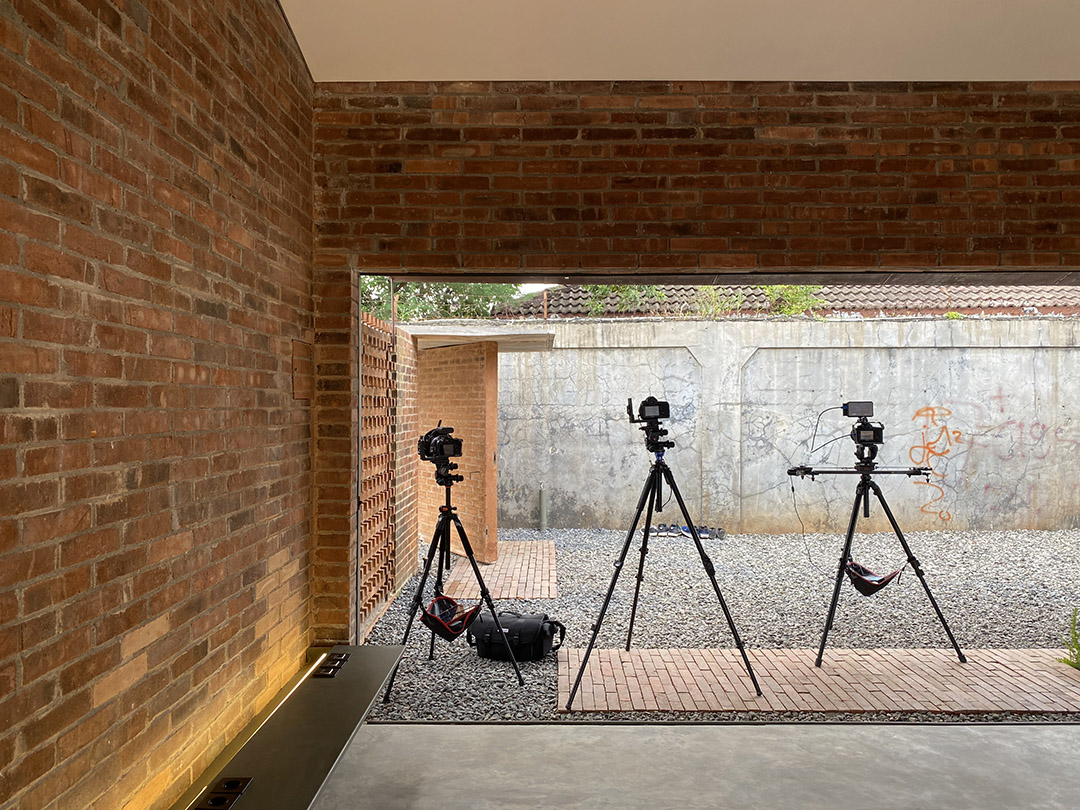When you talk about tips for architectural photography, what most likely would cross your mind perhaps things like aperture, shutter speed, camera types and lenses. Surprisingly, none of these things was mentioned by the rising architecture photographer Mario Wibowo about the said topic in an ARCH:ID sharing session.
The technical side of photography is, of course, important in getting amazing pictures. However, the technical tips would vary endlessly depending on the object and the situation. Having been a professional architectural photographer for seven years, Mario has a lot of insights that he can share. While these might be more general tips, they shouldn’t be overlooked because they’re crucial to know to get the best architectural photography results.
1. Communication
The first step is where you gather as much data as possible from the client regarding the photoshoot object and location. This includes the floor plan, the sun orientation, which areas they specifically want you to photograph and if there’s any angle request, and many more. If it’s possible and necessary, try to survey directly to the location. If not, ask for recent pictures of the building and its surrounding. This will help you to prepare the tools and schedule, amongst others. If the client is present at the photoshoot, have them preview the photos before wrapping up. It will save you from having to do it over again.
2. Coordination
This is where you need to coordinate some things with the client after gathering information and making a shooting list. For example, asking for the building’s photography permit and loading permit for props, or as simple as borrowing a ladder to the homeowner. It’s important that you coordinate with one person from the client side, if possible, just to avoid unwanted confusion or miscoordination if too many people are involved.
3. Execution
Problems or challenges could still appear at the photo execution. They can be technical challenges, like tricky building features that complicate the photo angle, or natural challenges like when suddenly it rains when you’re taking exterior pictures. In this case, having extra gears or props might save the day. Sometimes, the challenge comes in the form of an added request from the client. When the client is a restaurant, they might ask you to take pictures of their food when it is clearly not your specialty and was not in the agreement. But sometimes saying ‘no’ is not an option so you just do your best.
4. Negotiation
Negotiation skill is needed in many situations. Sometimes it’s about getting a permit to take pictures, whether it’s from the security team or a family member whose house is being photographed. Sometimes it’s about arranging the schedule to take pictures of certain rooms when they’re being used without prior notice. The key to negotiation is to quickly think of a win-win solution.
5. Evaluation
In Mario’s case, he now learns that architecture is not only about buildings but also the user’s experience. So, in the more recent photos he often placed people doing activities. It gives added information about how the rooms or the facilities are used. Investing in photo props is also recommended because it has been proven to be useful to spruce up the photos. Also, it’s important to keep up with the trend. Even though you started as a photographer, it wouldn’t hurt at all to start branching out to videography when the demand is high.
